#Zygmunt...
Explore tagged Tumblr posts
Text
i love anthropology, but if i have to read ONE MORE THING BAUMAN WROTE I-
Margarita Ondelj my beloved, you're the only one for me.
0 notes
Text
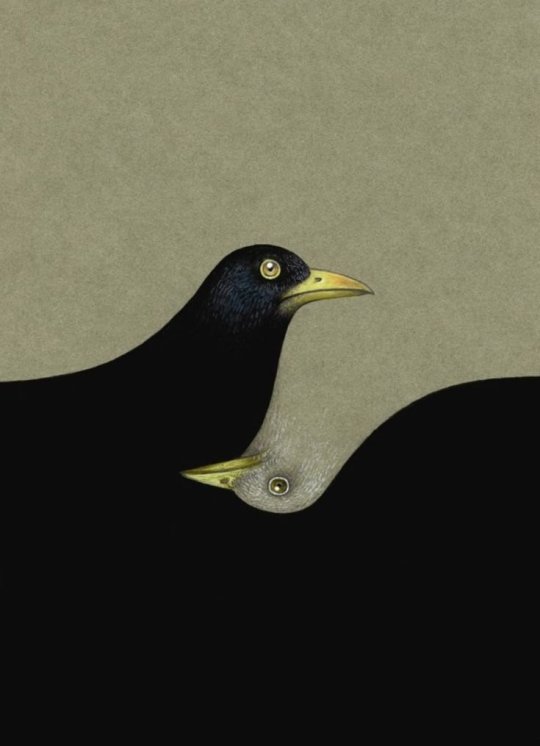
Ying Yang: Zygmunt Zaradkiewicz (Polish, b.1951)
638 notes
·
View notes
Text
an assortment of polish beatles-related posters i could find!






A Hard Day’s Night, Waldemar Swierzy (1965) / A Hard Day’s Night, Unknown, (1965, as it looks to be a poster used by polish movie theatres to dictate individual showtimes) / Help!, Eryk Lipinski (1967) / Yellow Submarine, Zygmunt Bobrowski (1970) / Unknown, Waldemar Swierzy (1978) / Yellow Submarine, Waldemar Swierzy (2009)

BONUS: VERY STRANGE poster from 1985 by Waldemar Swierzy. i wish i knew the context.
#the beatles#polish#poland#polska#music posters#posters#waldemar swierzy being the main creator of most of these is so interesting#waldemar swierzy#eryk lipinski#zygmunt bobrowski#a hard day’s night#help!#yellow submarine#REALLY want to know the context behind the 1978 crying one?#andrew.txt#want to look more into original non-english beatles posters#and had to start off with what i know!#the 2009 yellow submarine one is THE cutest and my favorite of the bunch#beatles#paul mccartney#john lennon#ringo starr#george harrison#1965#1967#1970#1978#1985
287 notes
·
View notes
Text

Zygmunt Zaradkiewicz
196 notes
·
View notes
Text










Zygmunt Madejewski (died before 1887 in Lviv)
In 1884-1885, this very little known Polish artist originating from Lviv made a series of drawings depicting characters of Henryk Sienkiewicz's novel "With Fire and Sword" ("Ogniem i mieczem") for the Polish literary-cultural journal "Ognisko Domowe", which was being published in Lwów (Львів). They were reprinted later also in the separate album in Lviv in 1885 (tintype, 26 cm X 20.5 cm).
Finally, I have found and collected all of them (some of them have never been published before). In the first line our beloved boys: Skrzetuski and Bohun, lower: Helena Kurcewiczówna, kniahini Kurcewiczowa, Rzędzian, Michał J. Wołodyjowski, Jan Onufry Zagłoba, Bohdan Chmielnicki, Longinus Podbipięta and Jeremi Wiśniowiecki.
#trylogia#trylogia sienkiewicza#ogniem i mieczem#with fire and sword#henryk sienkiewicz#zygmunt madejewski#art#polish art#polish literature#jurko bohun#jan skrzetuski#helena kurcewiczówna#kniahini kurcewiczowa#michał wołodyjowski#jan onufry zagłoba#bohdan chmielnicki#rzędzian#longinus podbipięta#jeremi wiśniowiecki#ukrainian history#cossack art#cossack heroes#ukrainian cossacks#trylogiarchive#trylogia sensem życia#142 lata Trylogii#142 lata!
66 notes
·
View notes
Text

Zygmunt Wierciak (1881-1950), ''Testament mój; Król Duch fragmenty ilustrowane'' (My Will; King Spirit Illustrated Fragments) by Juliusz Słowacki, 1927
66 notes
·
View notes
Text
paintings round 3 poll 20
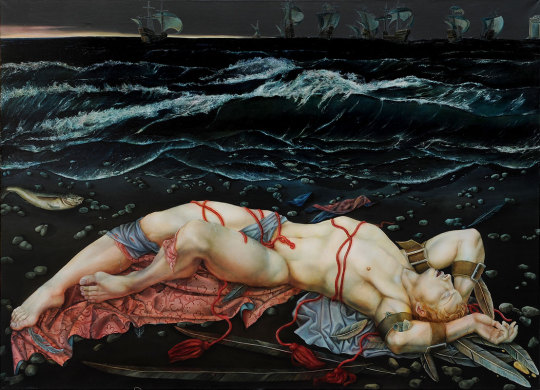
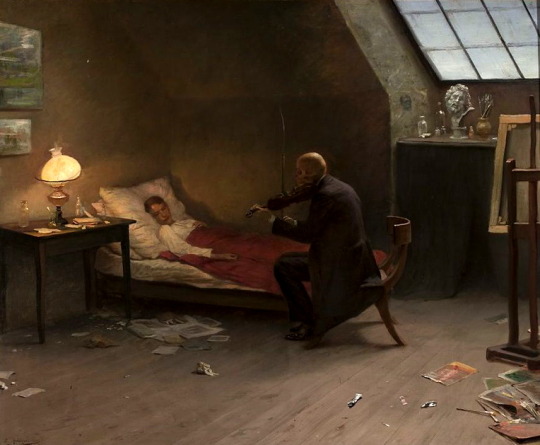
Icarus by Joanna Chrobak, 2016:
propaganda: It's the drama and the decadence for me.
An artist's death - the last friend by Zygmunt Andrychiewicz, 1901:
propaganda: "death is a kind and patient friend" is a great artistic motif.
about the artist: One of those lucky Polish artists who got to see the dissolution of partitions after WWI but died before the next part.
submitted by @slaviclore
103 notes
·
View notes
Text








Man on the Tracks (Andrzej Munk, 1957)
#Man on the Tracks#Andrzej Munk#1957#Films watched in 2025#siete#poland#title credits#black and white#Czlowiek na torze#drama#train#trains#Kazimierz Opalinski#Zygmunt Maciejewski
67 notes
·
View notes
Text
Quando qualcuno ti ama davvero la sua più grande paura non è perderti ma ferirti. Ma quando qualcuno ama solo il modo in cui lo fai sentire, la sua più grande paura è perdere l'accesso a te. La differenza tra l’amore autentico e quello egocentrico (o funzionale) è spesso sottile nei gesti, ma abissale nelle intenzioni. Uno è amore. L’altro è dipendenza emotiva travestita.
Secondo il sociologo Zygmunt Bauman, nella sua celebre opera Amore liquido (2003), l’amore nella società contemporanea è spesso ridotto a un consumo emotivo:
“Le relazioni oggi sono diventate oggetti di consumo, pronte a essere usate finché servono, e scartate quando smettono di dare piacere.”
In questo senso, chi “ama” solo per come lo fai sentire, non ama te come persona, ma l’effetto che hai su di lui. Tu sei un mezzo, non un fine. Concetto spiegato benissimo ed esaustivamente anche da Umberto Galimberti ne "Le cose dell'amore", proprio nel incipit.
"L’amore non è un bisogno, ma un accadere. Non si ama perché si ha bisogno, si ama e basta. Se invece si ha bisogno dell’altro per colmare una mancanza, allora non si ama l’altro, si ama ciò che l’altro colma in noi."
Inoltre, Galimberti sottolinea un punto cruciale:
“Nel vero amore non c’è l’ansia del controllo, ma il rischio dell’incontro.”
Chi ama autenticamente teme di ferire perché ha abbandonato il controllo — ama per il bene dell’altro, non per sé. Mentre chi ama per bisogno, teme la perdita del potere che l’altro esercita sulla sua autostima.
Lo psicologo Erich Fromm, ne L’arte di amare (1956), distingue tra “amore immaturo” — che dice: "Ti amo perché ho bisogno di te” — e “amore maturo”:
“Ho bisogno di te perché ti amo.”
L’amore maturo si fonda sull’empatia, sulla cura e sulla responsabilità verso l’altro. In questo tipo di amore, la paura più grande non è la perdita, ma il rischio di ferire la persona amata. Perché ferirla è, in un certo senso, ferire sé stessi.
Secondo la teoria dell’attaccamento di John Bowlby e Mary Ainsworth, chi sviluppa un attaccamento sicuro in infanzia tende ad avere relazioni adulte basate su fiducia, rispetto e cura. Chi invece ha un attaccamento insicuro o evitante, può cercare l’altro come fonte di conforto o validazione, senza però riuscire a considerarlo nei suoi bisogni profondi. Quindi, chi ama per ciò che riceve tende a essere più attento alla funzione dell’altro (quanto mi fa sentire amato, importante, visto), che non alla sua persona.
Non c’è niente di più distante dall’amore di chi cerca solo sé stesso nell’altro.
#psicologia#amore#citazioni#sociologia#Erich Fromm#l'arte di amare#L'arte di amare#John Bowlby#teoria dell'attaccamento#Zygmunt Bauman#amore liquido#pensieri#riflessioni#piccola divulgazione
39 notes
·
View notes
Text

“Privacy, intimacy, anonymity and the right to secrets are all to be left outside the premises of the Society of Consumers. […] Since we are all commodities, we are obliged to create demand for ourselves. Membership of the confessional society is invitingly open to all, but there is a heavy penalty attached to staying outside. […] The updated version of Descartes’s Cogito is ‘I am seen, therefore I am’ – and that the more people who see me, the more I am…”
— Zygmunt Bauman, Moral Blindness: The Loss of Sensitivity in Liquid Modernity (via exhaled-spirals)
35 notes
·
View notes
Text

Artist’s Death. The Last Friend (1901) Zygmunt Andrychiewicz (Polish, 1861-1943)
23 notes
·
View notes
Text
"Life is much greater than the sum of its moments"
(Zygmunt Bauman)—THINKER
52 notes
·
View notes
Text
I would like to introduce my Zeti OC: Zygmunt!



(Info is in work in progress, so it might be kind of lackluster tho.)
He's native in Frozen Factory of Lost Hex (Majority of native Frozen Factory Zeti are plus sized just like him. Zeena is the only skinny one and she survived somehow). He's one of those Zeti that doesn't have so called "Magnetic Manipulation" (It should be called Technokinesis tho). He's a friend of Zomom since childhood. When he was 130, he was looking for a new home after learning independence by his parents. But during wandering, he accidentally fell out of Lost Hex without noticing. After that, he got completely lost, but he was found by that group, who are the allies of the Diamond Cutters. One of the members gave him a modified Rocket Wispon that has Laser equipments if he needs to zap something.
His concealer is based on Oni mask (Similar how Whisper's concealer is based on Kitsune mask).
Relations with Deadly Six:
Zomom - They're most likely to be best friends. He even made an ice cream with his powers for his friend. He was shocked how his childhood friend got brainwashed and joined the pack. After Zomom got fired for poor intelligence, They're finally reunited and Zygmunt gladly gave him cloak and Burst Wispon.
Zavok - He most likely to be against him since he read the news about that red Zeti.
Zeena - He despised her for being egotistical and treating him like a pet since college.
Master Zik - Never seen before, but Zygmunt heard that Master is supporting Zavok since he was learnt from him
Zazz and Zor - Never seen before
#Zygmunt#Zeti#OC#sonic the hedgehog#Zygmunt the Zeti#Wispon#Rocket Wispon#zomom#Zeti OC#zomom the zeti
15 notes
·
View notes
Text
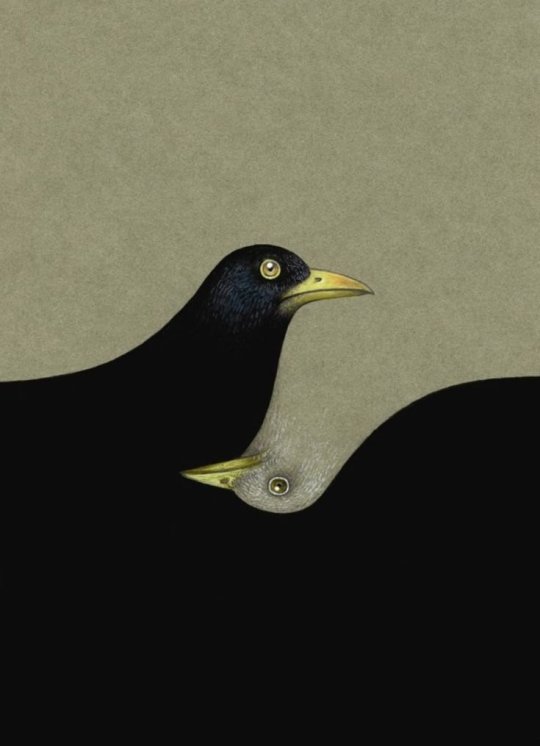
Zygmunt Zaradkiewicz (Polish, b.1951)
45 notes
·
View notes
Text
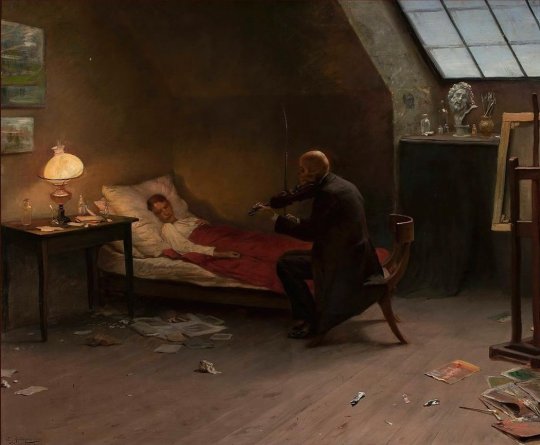
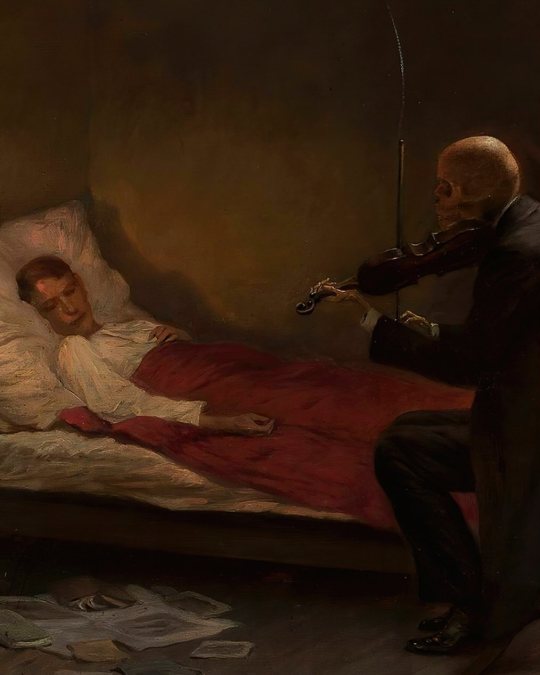
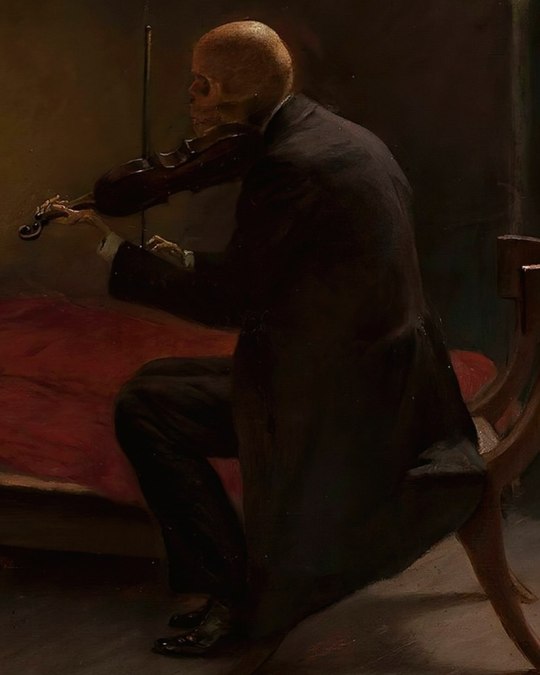
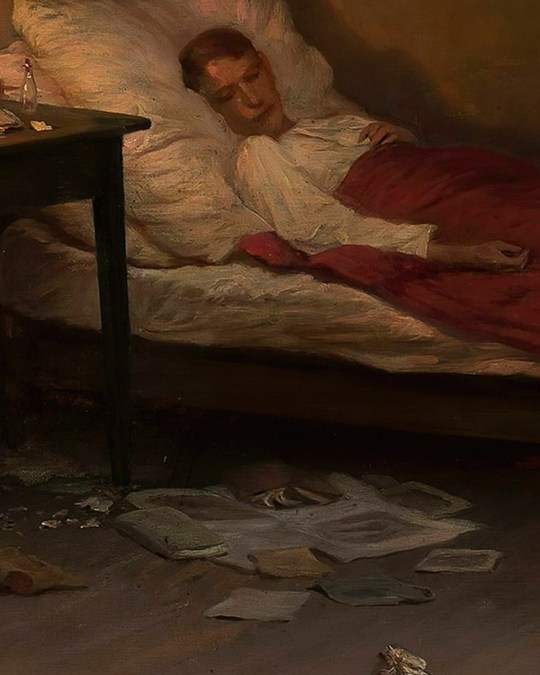
THE ARTIST'S DEATH: HIS LAST FRIEND /1901/ by ZYGMUNT ANDRYCHIEWICZ
The painting is of an artist's last moments among the living. Death, embodied as a fiddler with a touch of melancholia in both appearance and atmosphere, is playing music by his bedside. His palette and brushes lie on the floor, an expression pointing out the end of his creative pursuits.
It very well could be that the representation of the artist's chaotic studio and potential substance abuse issues be a depiction of Andrychiewicz's personal experience of struggles and pressures as an artist. In that respect, the scene might be a symbolic of the inner turmoil of the dying artist and the toll it takes on his well-being.
The violin that Death plays is symbolic of the sadness and sorrow associated with the end of life. On the easel, the unfinished artwork indicates how the dying artist's creative process has suddenly been interrupted and also accentuates the role of art in life and death. Chiaroscuro used heightens the sad and introspective atmosphere of the scene.
Probably, Andrychiewicz created this work as a commentary on the artist's legacy and the idea that art outlives the artist. The personification of death as a tender violin player might relate to the desire of the artist to transcend death with his creations.
52 notes
·
View notes
Text
paintings round 4 poll 10
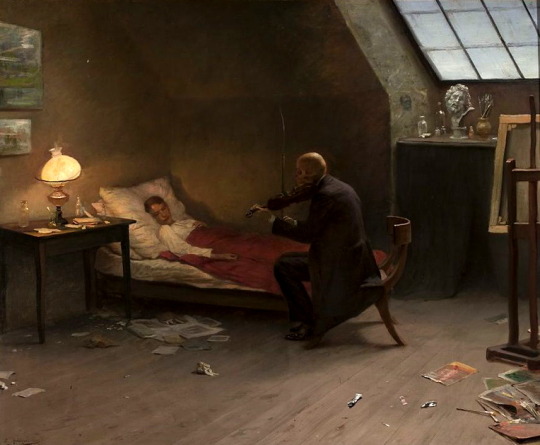
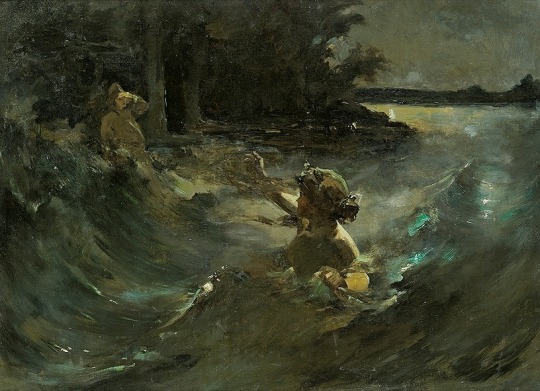
An artist's death - the last friend by Zygmunt Andrychiewicz, 1901:
propaganda: "death is a kind and patient friend" is a great artistic motif.
about the artist: One of those lucky Polish artists who got to see the dissolution of partitions after WWI but died before the next part.
submitted by @slaviclore
Water nymph (Świtezianka) by Kazimierz Alchimowicz, c. 1900:
propaganda: I love the dramatic waves, and how it is kind of hard to make out what exactly is happening,I think that adds to the story of a otherworldly creature whisking you away. It also remainds me of the short film "The Mermaid/Русалка" 1997 Directed by Aleksandr Petrov, Its oil painted on glass animation, which gives it such a unique look with a deep contection to art history.
74 notes
·
View notes